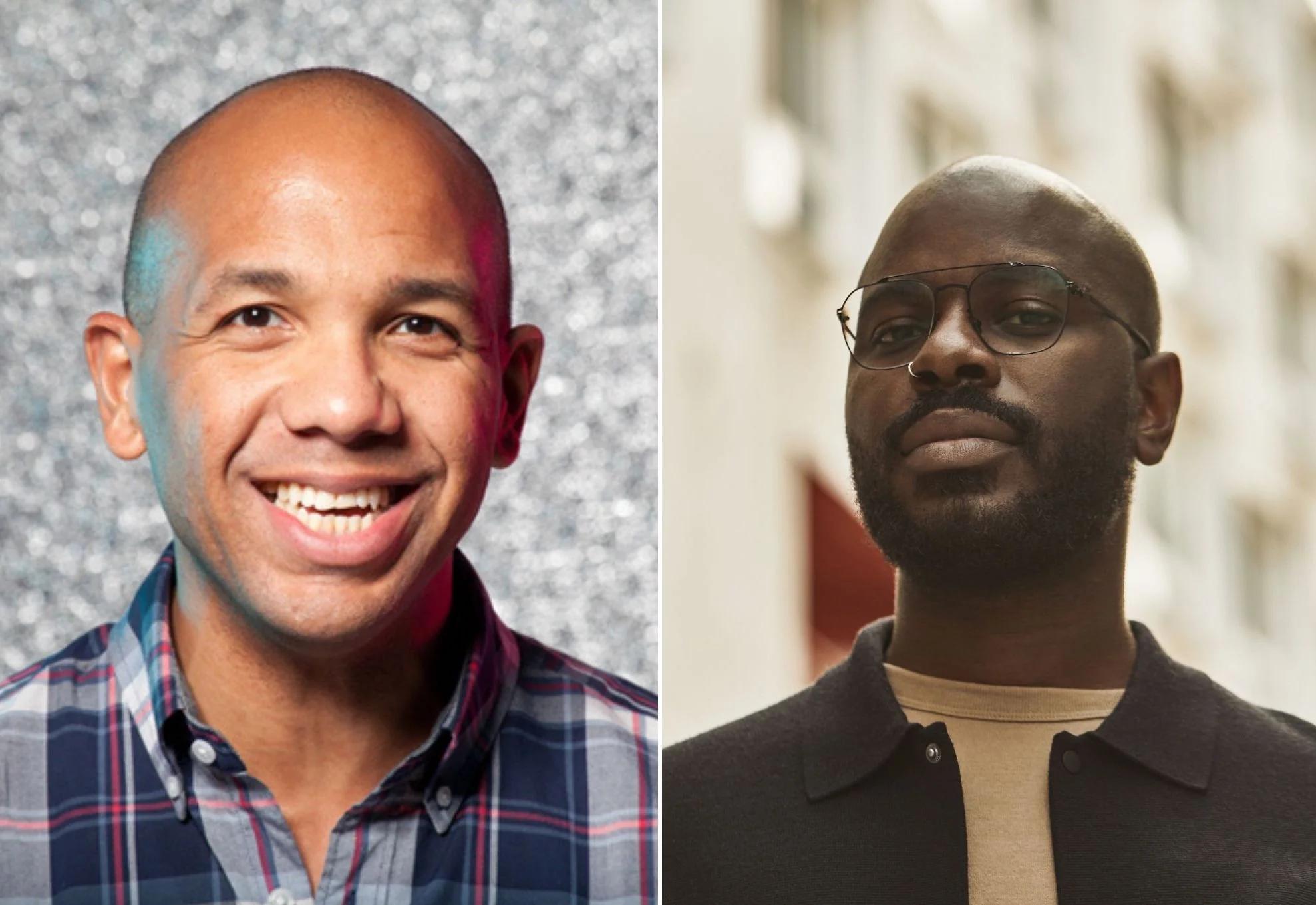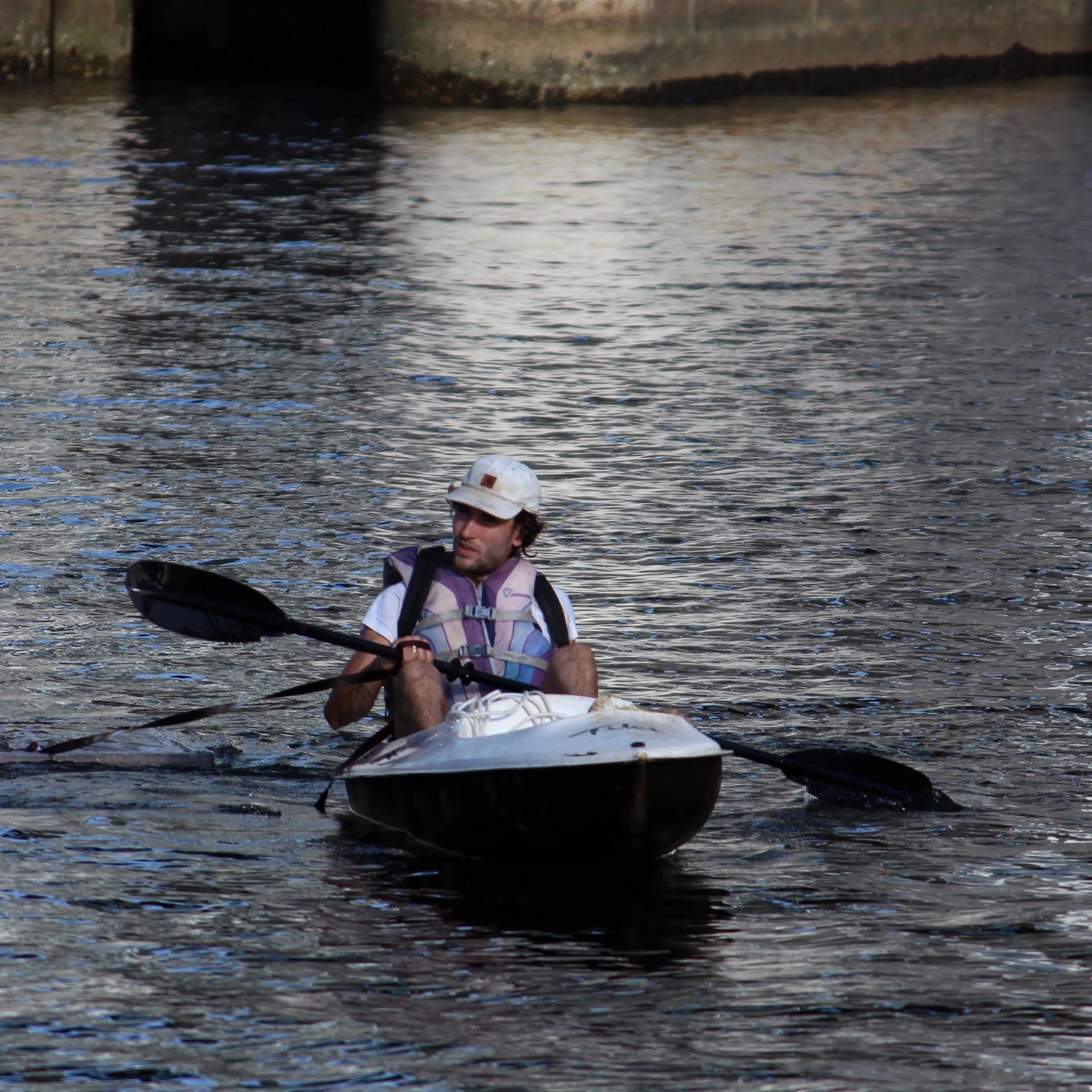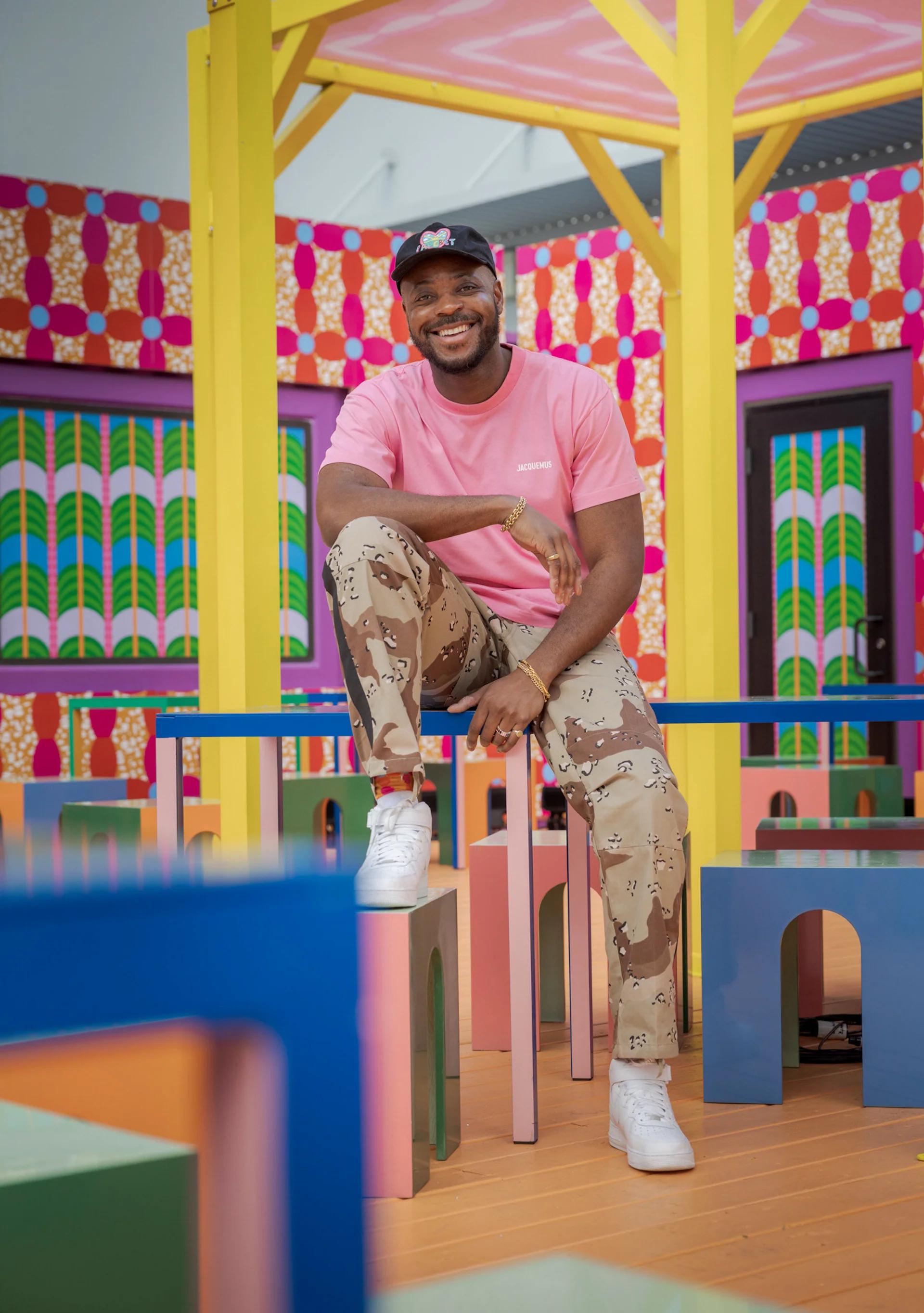SPOTLIGHT: HUMAN·KIND DECEMBER 2 2021
by Wava Carpenter
A video chat with mischer’traxler about nature’s endless inspiration and a new poetic project for Perrier Jouet
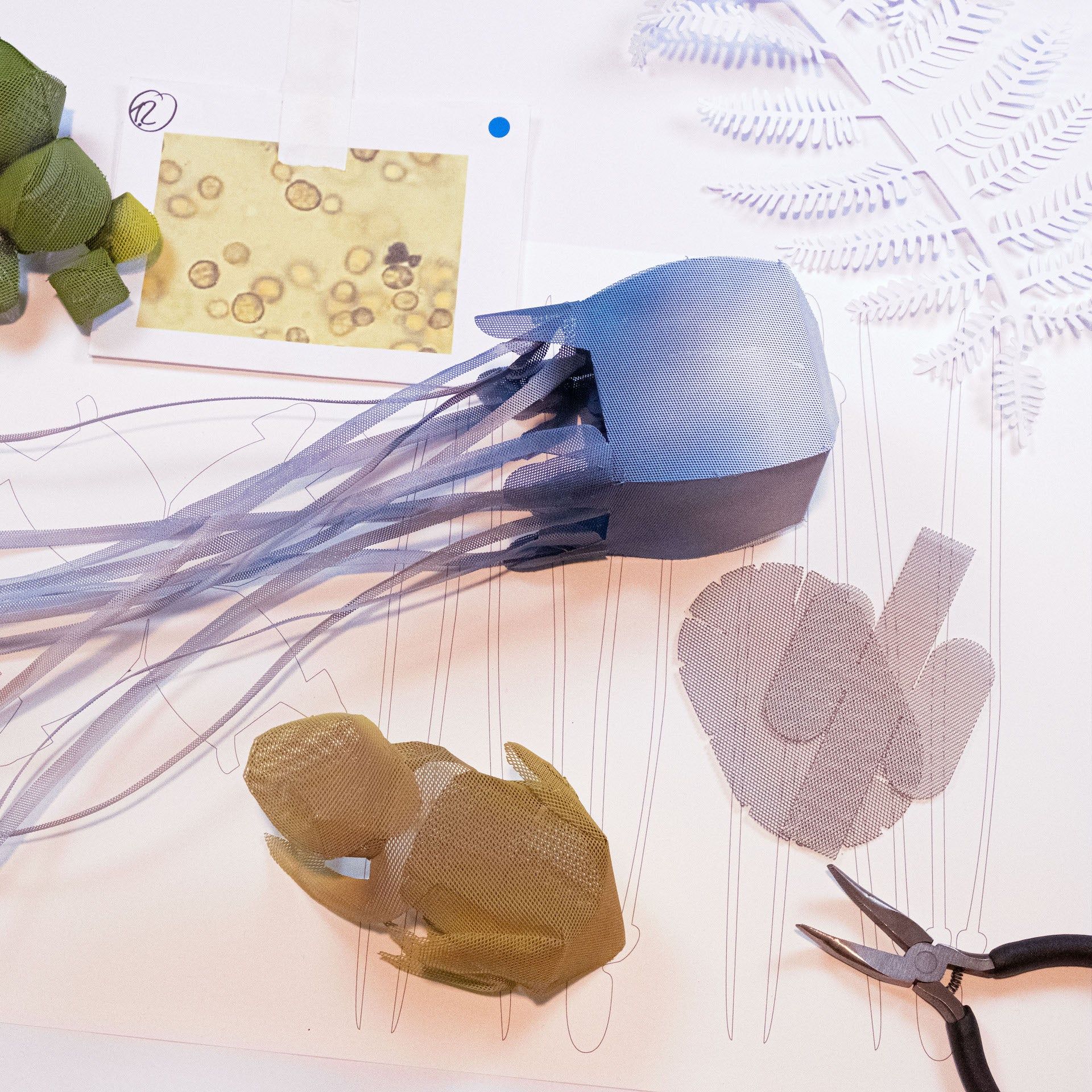
MODEL SPECIES FOR EMBODIED NATURE, MISCHER'TRAXLER'S NEW PROJECT FOR PERRIER-JOUËT
Photo © mischer'traxler
15 Minutes on Design & Human·Kind is a digital series spotlighting outstanding creatives who explore design-led visions for a more equitable and interconnected future. For our latest installment, we speak with Katharina Mischer and Thomas Traxler of Vienna-based design studio mischer’traxler about the important, ongoing role that nature plays in their acclaimed practice as well as Embodied Nature, their latest commissioned work for Perrier-Jouët, on view now at Design Miami.
mischer’traxler’s new, interactive installation intends to subvert the hierarchical view humans have historically embraced in relation to all other species with whom we share our planet. As one approaches the installation, the first impression is that of looking at a mirror, but the resulting reflection is a silhouette of the viewer composed of an array of species—a reminder that each of us is ultimately connected to, and a small part, of nature at large. The interactive elements are framed by a cabinet of curiosities spotlighting over 100 representations of flora and fauna from around the globe. The project is the latest in an ongoing series of collaborations centered around nature between mischer’traxler and Perrier-Jouët.
Design specialist Wava Carpenter speaks with the critically acclaimed design duo about the role that nature plays in their poetic practice. Their conversation is presented by Perrier-Jouët.◆
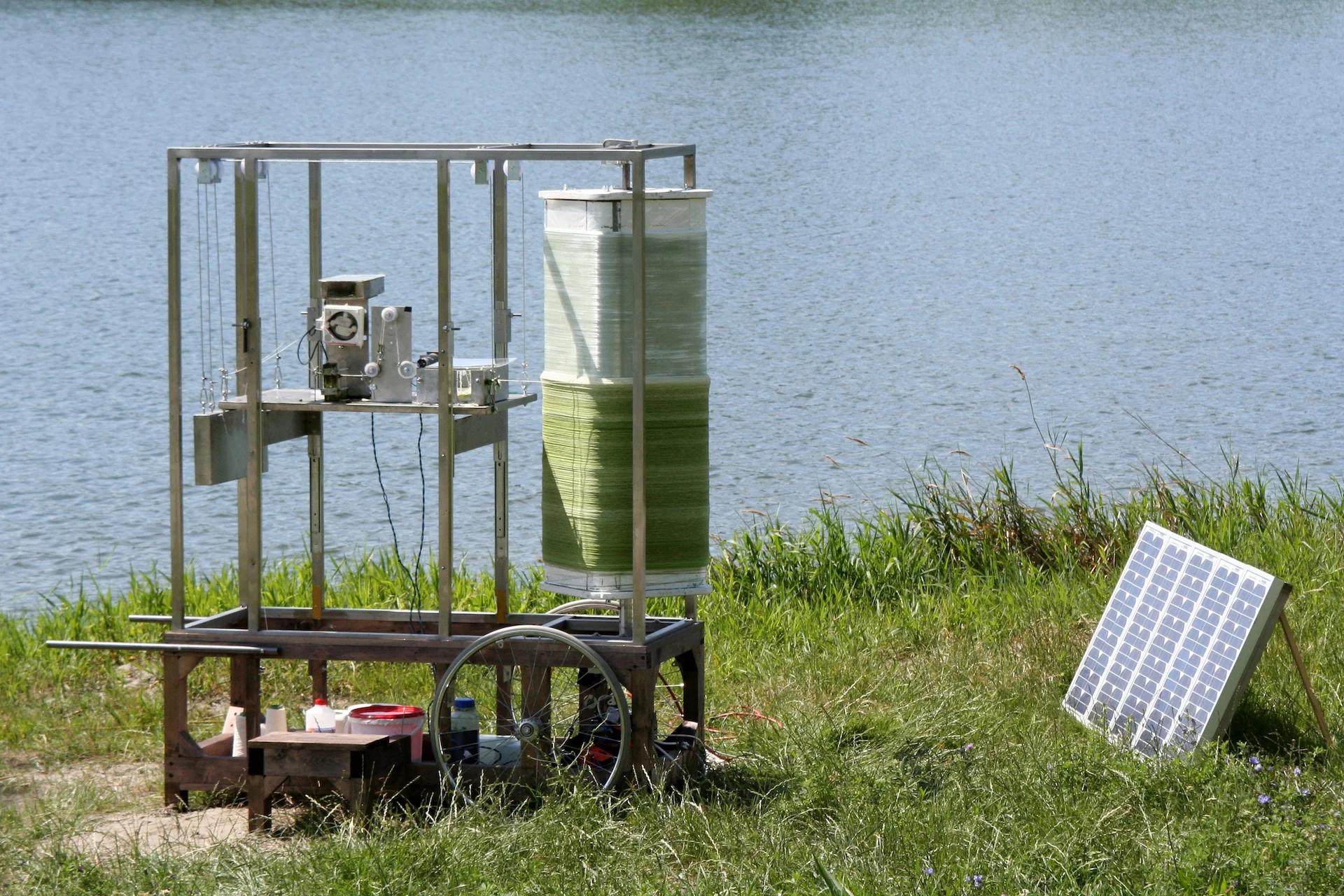
THE IDEA OF A TREE TRAVEL MACHINE BY MISCHER' TRAXLER, 2008
Photo © mischer' traxler
This series, 15 Minutes on Design and Human·Kind, was conceived and curated by Wava Carpenter and Anna Carnick of Design Miami andAnava Projects as an exploration of the Design Miami/ 2021 curatorial theme Human·Kind.
About Human·Kind: As an antidote to our most pressing social and environmental problems, today’s leading-edge design thinking strives to empower traditionally overlooked perspectives while expanding the scope of valued narratives. The process begins with seeing the world for what it is: a network of beings entangled with other beings, whose future is entirely interdependent. The objective is to level hierarchies that elevate humans over other species and to subvert unjust systems that privilege certain people while denying others the full slate of human rights.
